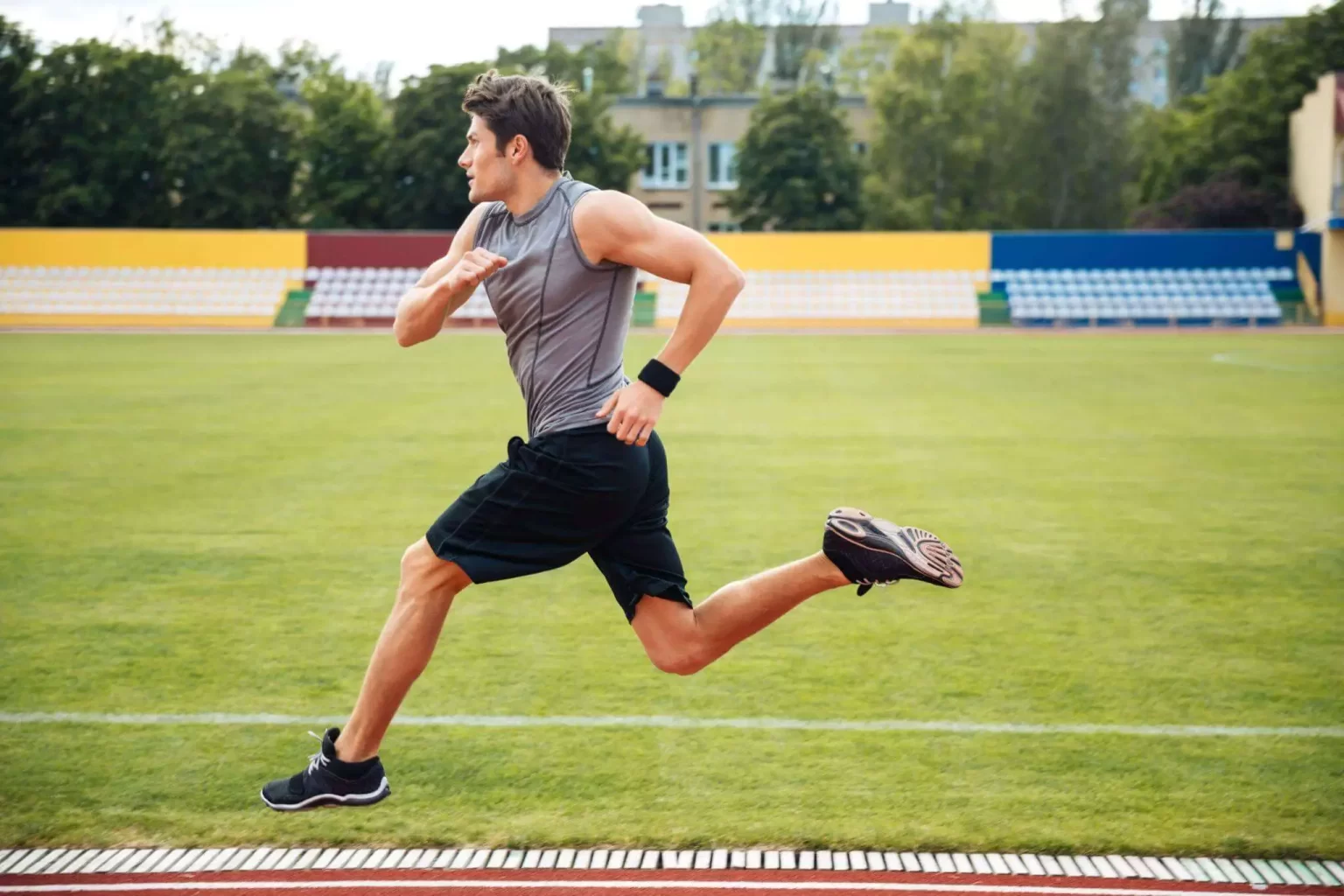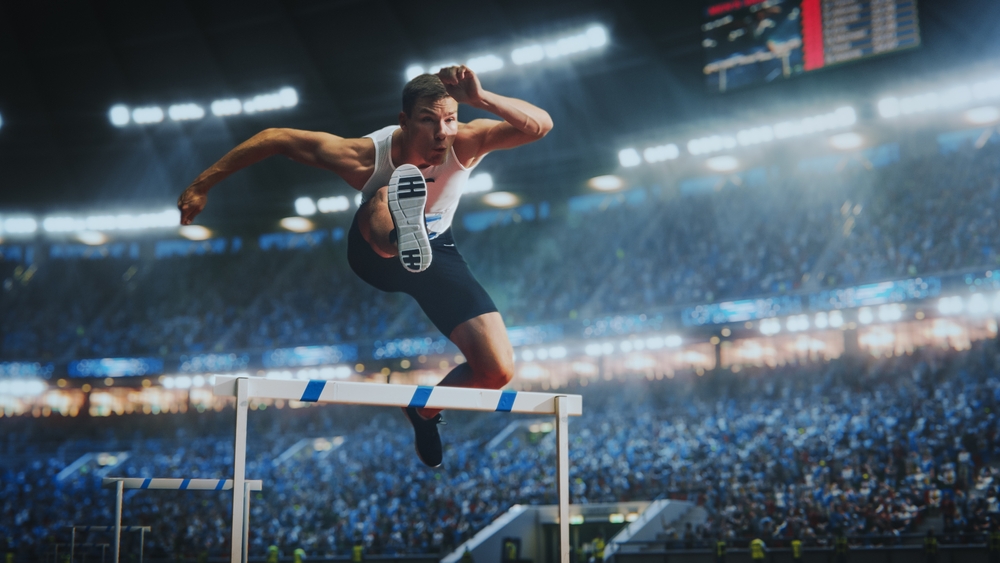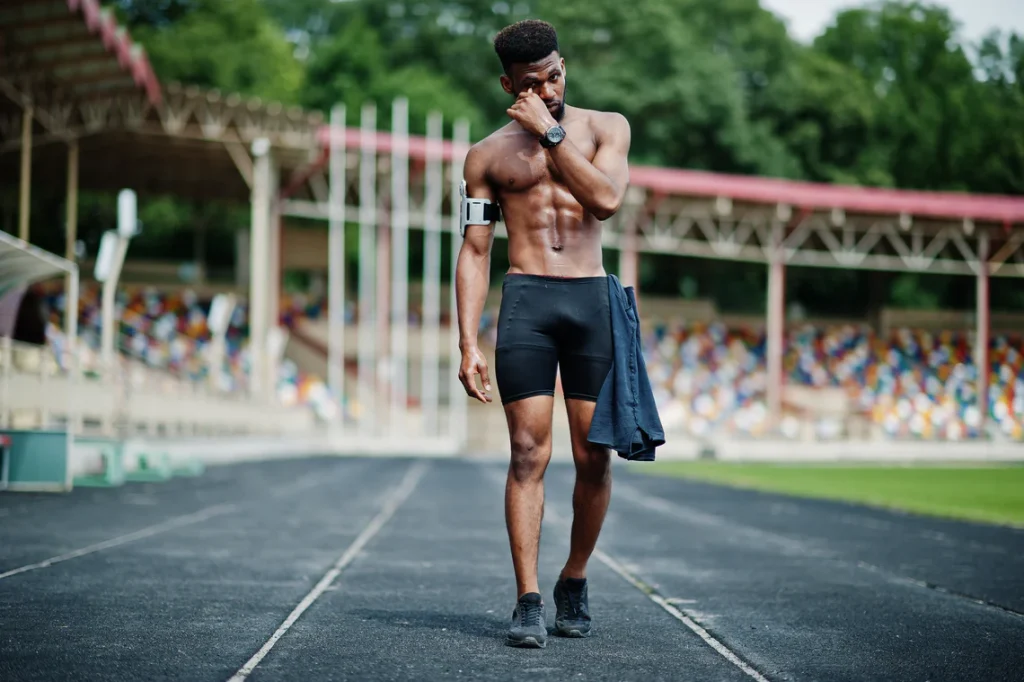
The image of an athletic body goes beyond muscles and toned limbs—it’s a symbol of strength, agility, and resilience. Whether you’re chasing a personal fitness goal or striving to move and feel better, building an athletic body is a journey rooted in discipline and dedication. But how do you truly transform your physique into one that mirrors performance and power?

Content
What is an Athletic Body?
An athletic body represents more than aesthetic appeal. It embodies muscle definition, low body fat percentage, balanced proportions, and functionality. Think of sprinters, gymnasts, or swimmers—their bodies are built for performance. They move with purpose, power, and precision.
A truly athletic physique combines:
- Strength and power
- Endurance and stamina
- Flexibility
- Balanced nutrition
- Consistent recovery
Understanding the Components of an Athletic Physique
Building an athletic frame involves cultivating the traits that make elite athletes excel. These include physical conditioning, mental focus, and lifestyle habits that fuel optimal performance.
1. Strength and Power
To create an athlete body men or athletic female body, you need to focus on functional strength. Compound movements like squats, deadlifts, and push presses stimulate muscle growth and increase power.
Train 3–4 times a week focusing on full-body workouts using progressive overload.
2. Endurance and Stamina
Longer training sessions or high-intensity circuits develop cardiovascular capacity. Whether you’re hiking, swimming, or doing HIIT, endurance ensures you don’t burn out halfway.
Incorporate 2–3 cardio sessions per week:
- 20-minute HIIT sprints
- 40-minute steady-state cardio (cycling, rowing, jogging)
3. Flexibility and Mobility
A key to peak performance is range of motion. Regular stretching, yoga, or dynamic warm-ups keep muscles limber and joints healthy.
Spend at least 10 minutes daily on:
- Hamstring stretches
- Hip mobility drills
- Thoracic spine openers
4. Athlete Body Fat Percentage
Elite athletes maintain lower body fat percentages to enhance muscle visibility and movement efficiency. While exact numbers vary, men typically range from 6–13%, while women range from 14–20%.
Achieving this involves:
- Calorie control
- Regular workouts
- Active lifestyle habits
10 Rules to Achieve an Athletic Body:

Whether you’re aiming for the lean, powerful look admired across genders or striving to improve overall performance, building an athletic body comes down to consistent, smart practices. Here are ten essential rules to guide your journey:
1. Strength Train Regularly
Commit to weight training at least 3 to 4 times a week. Focus on compound movements like squats, deadlifts, presses, and pulls to build functional strength. Progressive overload—gradually increasing resistance—is key to continual improvement. Don’t just lift heavy; lift smart and with purpose.
2. Embrace Cardio (But Smartly)
Cardiovascular training supports endurance, heart health, and fat loss. Combine High-Intensity Interval Training (HIIT) with steady-state cardio for the best results. Aim for variety to prevent burnout and plateaus. Smart cardio enhances performance without compromising muscle mass.
3. Prioritize Nutrition
An athletic body is built in the gym but revealed in the kitchen. Fuel yourself with balanced meals rich in quality proteins, complex carbs, and healthy fats. Avoid extreme diets or deprivation, as they can hinder performance and recovery. Consistency in eating well is more effective than short-term fads.
4. Track Body Fat (Not Just Weight)
Scale weight alone doesn’t reflect your progress accurately. Use methods like body fat calipers, smart scales, or DEXA scans to monitor your body composition. Focus on reducing fat while maintaining or increasing lean muscle. A lower body fat percentage is a more reliable marker of athleticism than pounds.
5. Stay Consistent
Progress comes from daily habits, not occasional effort. Set realistic, measurable goals and stick to a training schedule. Don’t get discouraged by slow results—long-term consistency beats short bursts of intensity. Momentum is built one workout, one meal, and one choice at a time.
6. Prioritize Recovery
Your muscles grow and repair during rest, not just during workouts. Incorporate rest days and active recovery into your weekly routine. Prioritize sleep, mobility work, and tools like foam rolling or massage. Recovery isn’t optional—it’s part of the training plan.
7. Build Mental Toughness
A strong body starts with a strong mind. Cultivate discipline, patience, and a growth mindset to push through challenges. Visualize your goals, stay focused during setbacks, and celebrate small wins. Mental resilience separates athletes from amateurs.
8. Hydrate and Supplement Wisely
Proper hydration supports energy, recovery, and overall function. Aim to drink water consistently throughout the day, especially around workouts. Use supplements like protein powders, creatine, or omega-3s to fill nutritional gaps—but always prioritize whole foods first.
9. Train for Function, Not Just Looks
True athleticism isn’t about appearance alone. Incorporate exercises that improve mobility, balance, coordination, and strength. Functional training helps you move better in daily life and in sport. Train to perform, not just to pose.
10. Enjoy the Process
The best fitness routine is the one you can stick to. Choose activities that you find fun and engaging—whether that’s weightlifting, martial arts, swimming, or dance. Enjoying your workouts keeps motivation high and turns fitness into a lifestyle, not a chore.
Things to Remember While Building an Athletic Physique
- It’s not a race. Results come from months of work.
- Genetics play a role, but hard work wins.
- Sleep, stress, and lifestyle affect gains as much as gym time.
- Everyone’s version of the athletic body is unique.
Final Thoughts: for Achieving an Athletic Body
Creating an athletic body is not about chasing perfection—it’s about building a body that performs with power, endurance, and grace. Whether you’re aiming for the athletic female body or classic athlete body men admire, the path involves training smart, eating well, recovering right, and staying consistent. It’s a lifestyle, not a quick fix. Embrace the journey and become the strongest version of yourself—inside and out.
FAQs: About Athletic Body
Q1: What is the ideal body fat percentage for athletes?
The ideal athlete body fat percentage ranges from 6–13% for men and 14–20% for women, depending on sport, age, and training level.
Q2: Can women build an athletic physique without looking bulky?
Absolutely. The athletic body type women achieve through strength training enhances tone and performance without excessive bulk, especially with proper programming.

Eldon Barrett’s knowledge of sports is boundless. His in-depth analysis and captivating storytelling will make you see the games you love in a whole new light.
